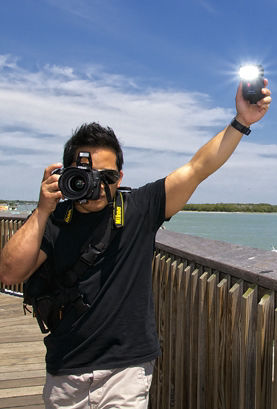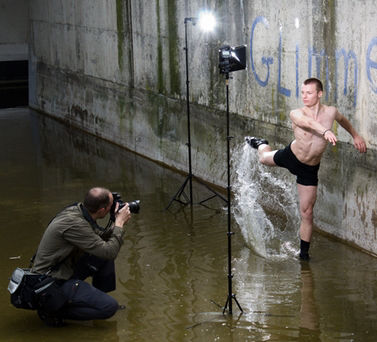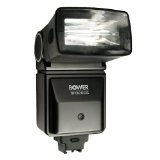
Great Light In Your Pocket
With the flash off your camera, you have the creative control of having the equivalent of a studio light and the ability to stop motion in your hand (or on a stand).
Taking the flash off the camera gives you the advantage of having a powerful portable light that you can creatively position for the best light, almost anywhere.
Flash also has the advantage of being a very fast exposure, helping to eliminate camera or subject movement.

Mobile Friendly
With the flash off your camera, you have the creative control of having the equivalent of a studio light and the ability to stop motion in your hand (or on a stand).
Taking the flash off the camera gives you the advantage of having a powerful portable light that you can creatively position for the best light, almost anywhere.
Flash also has the advantage of being a very fast exposure, helping to eliminate camera or subject movement.



